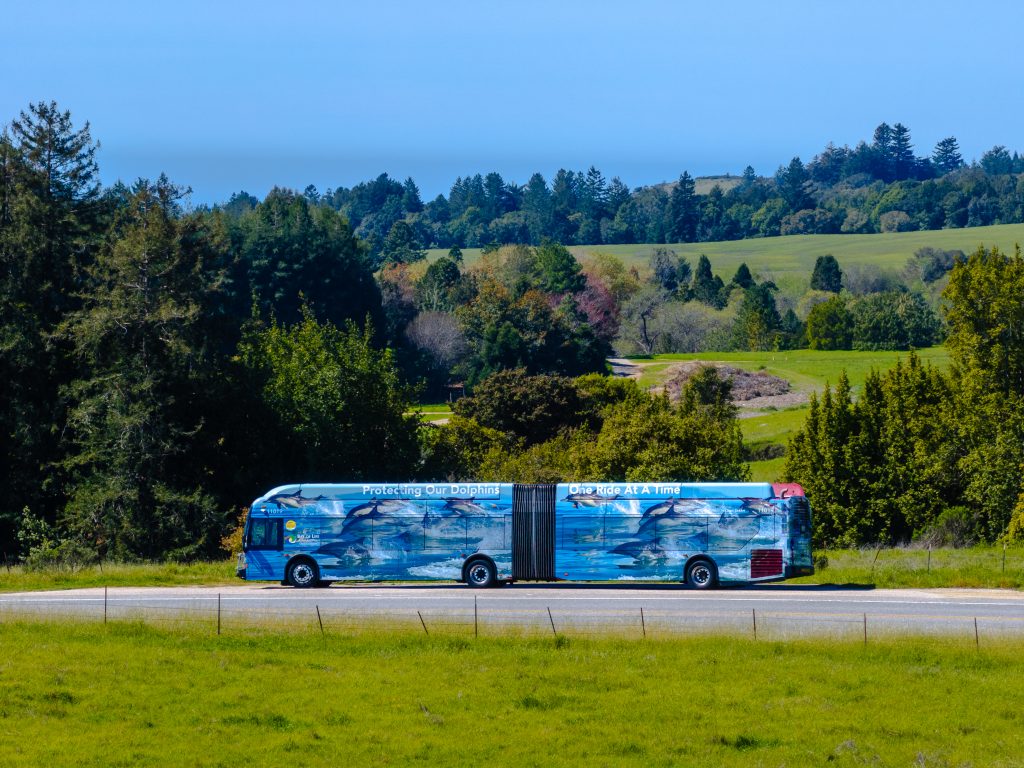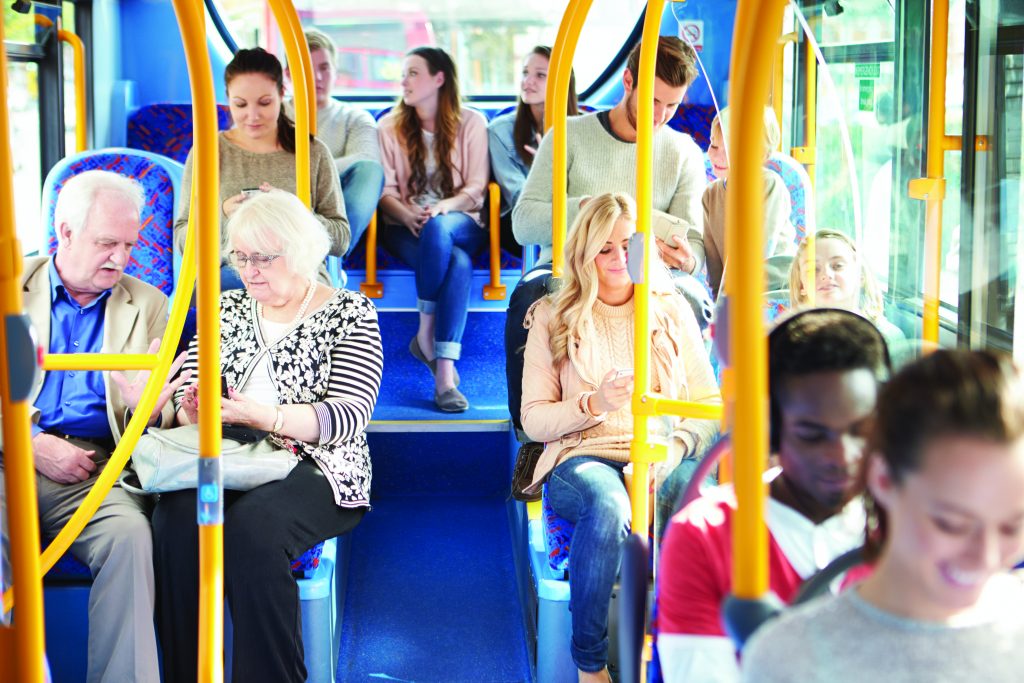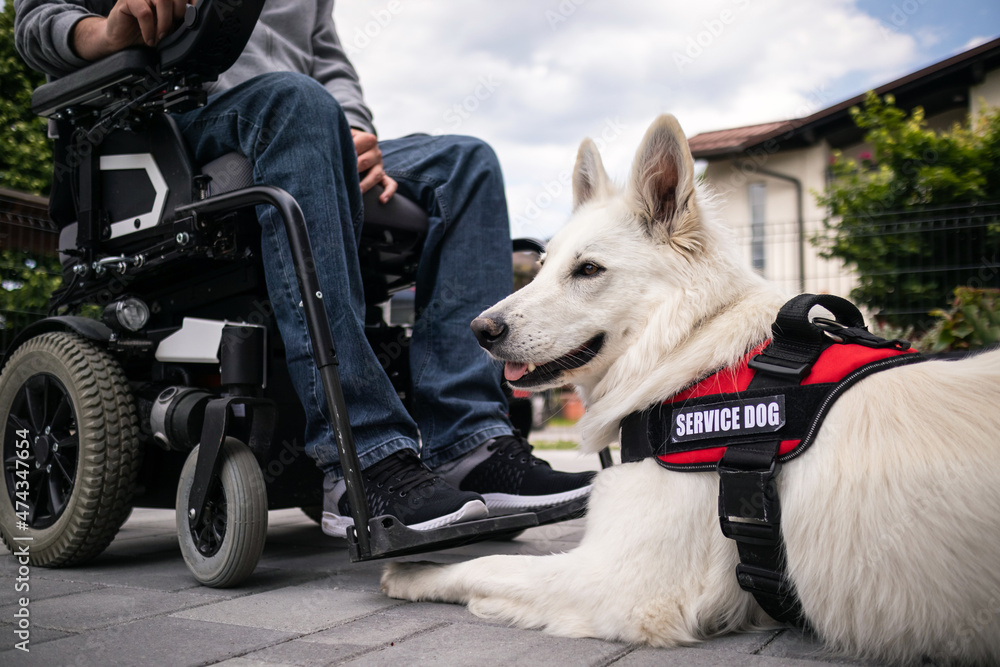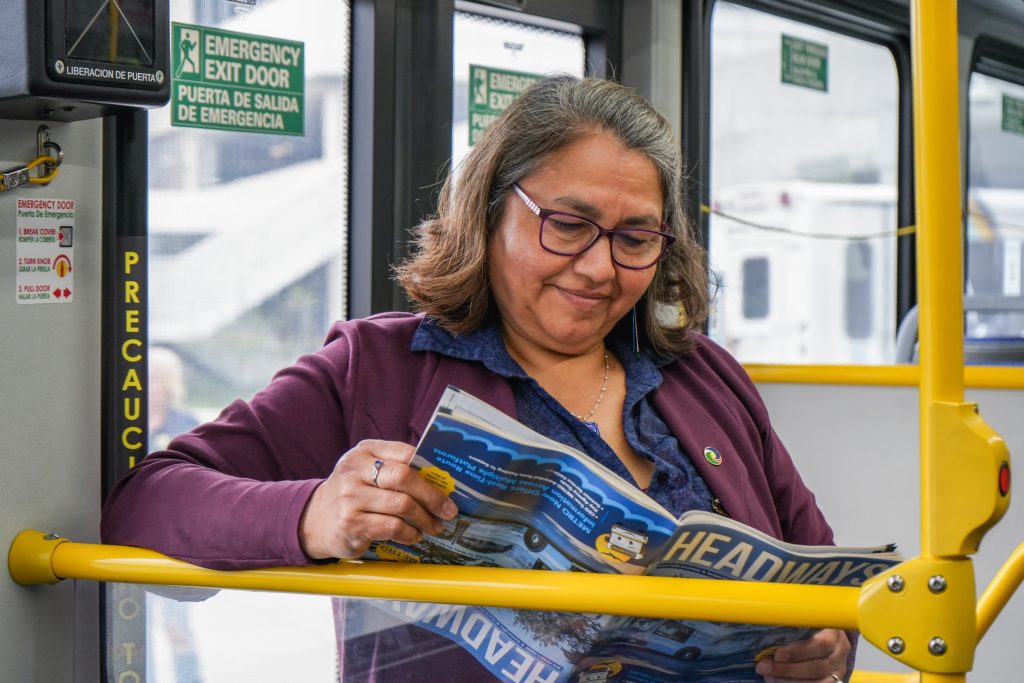
How to ride
Trip planner
Plan your trip here
Directions
Nearby Transit Routes
Loading...
FY26 Winter Service Change, Route 4
Alert InformationRoute 4 Winter Service (eff. 12/18/25): Weekdays/Weekends: Weekdays: A new stop has been added at River & Encinal Ave. River/Front Garage Stop will no longer be served. Trip departure and arrival times have been adjusted along the route.
- Start: December 4, 2025, 4:00 PM
- End: January 1, 2026, 7:59 AM
FY26 Winter Service Change, Route 3A/B
Alert InformationRoute 3A/B Winter Service (eff. 12/18/25): Weekdays/Weekends: Front & Laurel Stop will be re-activated for service. River/Front Garage Stop will no longer be served. Trip departure and arrival times have been adjusted along the route.
- Start: December 4, 2025, 4:00 PM
- End: January 1, 2026, 7:59 AM
Route(s): 1
FY26 Winter Service Change, Route 1
Alert InformationRoute 1 Winter Service (eff. 12/18/25): Weekdays/Weekends: A new stop has been added at E. Beach & Union. Freedom Blvd (K-Mart/Vallarta Supermarkets) has been renamed Freedom Blvd & Davis Ave. Trip departure and arrival times have been adjusted along the route.
- Start: December 4, 2025, 4:00 PM
- End: January 1, 2026, 7:59 AM
FY26 Winter Service Change, Route 35/35X/35B
Alert InformationRoute 35/35X/35B Winter Service (eff. 12/18/25): Route 35 (Highway9/Scotts Valley): Weekdays: The first trip in the morning from Country Club will depart five minutes earlier at 5:10am to enable a connection at Scotts Valley Transit Center to the Highway 17 Express departing to San Jose at 5:49am. Weekdays/Weekends: At River Front Transit Center, trips will now depart at Area 2, Soquel Ave & Front. River/Front Garage Stop will no longer be served. Route 35X (Santa Cruz/Boulder Creek Express) Weekdays: Trip departure and arrival times have been adjusted along the route. At River Front Transit Center, trips will now depart at Area 2, Soquel Ave & Front . River/Front Garage Stop will no longer be served. Route 35B (Scotts Valley – Big Basin) Weekends: Service to Big Basin Redwoods State Park does not operate during the Winter. It will resume in Spring 2026.
- Start: December 4, 2025, 4:00 PM
- End: January 1, 2026, 7:59 AM
FY26 Winter Service Change, Route 2/2N
Alert InformationRoute 2/2N Winter Service (eff. 12/18/25): Weekdays/Weekends: River/Front Garage Stop will no longer be served. Trip departure and arrival times have been adjusted along the route.
- Start: December 4, 2025, 4:00 PM
- End: January 1, 2026, 7:59 AM
Route(s): 16, 18, 18B, 19, 19B, 20
FY26 Winter Service Change, Route 16/18/19/20
Alert InformationRoute 16/18/19/20 Winter Service (eff. 12/18/25): Weekdays: Trip departure and arrival times have been adjusted along the route.
- Start: December 4, 2025, 4:00 PM
- End: January 1, 2026, 7:59 AM
Route(s): 79
FY26 Winter Service Change, Route 79
Alert InformationRoute 79 Winter Service (eff. 12/18/25): Weekdays/Weekends: Three new stops have been added: E. Beach & Union, E. Lake Ave & Tuttle Ave, and E. Lake Ave & Brewington Ave.
- Start: December 4, 2025, 4:00 PM
- End: January 1, 2026, 7:59 AM
Route(s): 34
FY26 Winter Service Change, Route 34
Alert InformationRoute 34 Winter Service (eff. 12/18/25): Weekdays: Trips from River Front will depart at :40 after the hour from 6:40am – 3:40pm; the last trip now departs at 5:00pm for Emeline workers ending work at 5:00. From Scotts Valley Transit Center, all trips will depart five minutes earlier at :40 from 6:40am – 5:40pm, which includes a new early morning trip at 6:40am to enable early morning connections at River Front Transit Center. The 8:00am trip to Vine Hill Elementary and Scotts Valley High School will depart five minutes earlier at 7:55am. At River Front Transit Center, trips will now depart at Area 2, Soquel Ave & Front. River/Front Garage Stop will no longer be served. Trip departure and arrival times have been adjusted along the route.
- Start: December 4, 2025, 4:00 PM
- End: January 1, 2026, 7:59 AM
Route(s): 11
FY26 Winter Service Change, Route 11
Alert InformationRoute 11 Winter Service (eff. 12/18/25): Weekdays/Weekends: River/Front Garage Stop will no longer be served. Trip departure and arrival times have been adjusted along the route.
- Start: December 4, 2025, 4:00 PM
- End: January 1, 2026, 7:59 AM
Route(s): 55
FY26 Winter Service Change, Route 55
Alert InformationRoute 55 Winter Service (eff. 12/18/25): Weekdays: Trip departure and arrival times have been adjusted along the route.
- Start: December 4, 2025, 4:00 PM
- End: January 1, 2026, 7:59 AM
Route(s): 17
FY26 Winter Service Change, Route 17
Alert InformationRoute 17 Winter Service (eff. 12/18/25): Weekdays: Many trip departure and/or arrival times have been adjusted by five to ten minutes – earlier or later - along the route to improve schedule accuracy and connections to Caltrain.
- Start: December 4, 2025, 4:00 PM
- End: January 1, 2026, 7:59 AM
Route(s): 3A
Murray St IB(West) Closure, March 2025
Alert InformationDue to the Murray Street Bridge Seismic Retrofit Project, Route 3A Inbound (Capitola Mall to Downtown) will operate on a detour starting March 24, 2025, until further notice. The 3A will continue on 7th Ave to Capitola Road, to Soquel Dr, to Seabright Ave, to Broadway returning to normal routing. Please be prepared for additional detours as the project progresses. Visit https://rt.scmetro.org for METRO Real-Time tracking.
- Start: March 12, 2025, 4:15 PM
Route(s): 72
FY26 Winter Service Change, Route 72
Alert InformationRoute 72 Winter Service (eff. 12/18/25): Weekdays: Trip departure and arrival times have been adjusted along the route.
- Start: December 4, 2025, 4:00 PM
- End: January 1, 2026, 7:59 AM
Route(s): All
2025 Thanksgiving Day
Alert InformationHoliday Service Reminder: Thanksgiving Day (Thursday, November 27, 2025): No local METRO or ParaCruz service. Highway 17 Express will run on a weekend schedule. Customer Service will be closed. Day After Thanksgiving (Friday, November 28, 2025): Local METRO and Highway 17 Express will run on a weekend schedule. ParaCruz will operate on a weekday schedule. Customer Service will be closed.
- Start: November 24, 2025, 4:00 PM
- End: November 29, 2025, 7:59 AM
Route(s): 73
FY26 Winter Service Change, Route 73
Alert InformationRoute 73 Winter Service (eff. 12/18/25): Weekdays: Certain trips will depart Capitola Mall and Watsonville Transit Center up to ten minutes earlier or five minutes later and departure and arrival times have changed along the route. Weekdays/Weekends: Freedom Blvd (K-Mart/Vallarta Supermarkets Stop) has been renamed Freedom Blvd & Davis Ave.
- Start: December 4, 2025, 4:00 PM
- End: January 1, 2026, 7:59 AM
Service Alerts
RIDING METRO IS EASY
Whether you are a first time or frequent rider, we are dedicated to making your travel convenient, safe, and reliable. The following information guides you through the basic steps of riding, from planning your trip to exiting the bus at your destination.

Plan Ahead
Before you leave home or work, it’s important to plan your trip and know what time and what stop you need to be at so you can catch the right METRO route or routes to get to your destination.
To help plan your trip, you can also view all our routes and schedules and explore popular destinations served by METRO bus. Then use our trip planner to map out your journey.
Track your bus with METRO Real-Time
If you have a smartphone or connected mobile device, you can access real-time bus info on your browser. Visit rt.scmetro.org/home.
Prepare to Board
Get there 5 minutes before your next bus is scheduled to arrive and stand at your bus stop where the bus operator can see you.
You may board at Transit Centers, or wherever there is a METRO bus stop sign posted.
Check the route number
Each bus stop displays the routes served at that stop. When the bus arrives, read the route number in the lighted sign above the windshield to make sure you are getting on the correct bus. You can also ask the driver.
Make yourself visible
If you’re boarding the bus at night, it might be difficult for your driver to see you waiting for the bus. Please try to make yourself more visible by standing at the stop and waving to the approaching bus.
Board the Bus
Allow passengers to exit first, then enter the bus through front door. Please use handrails to help you board safely. For your safety, passengers are not allowed to board a bus once the bus has pulled away from the curb.
Pay Your Fare
Have your fare or pass ready
To expedite boarding, please have your fare ready to present to the operator. METRO accepts your Splash Pass App Mobile Ticket, exact cash fare, or pass.
- Cash Fares: Please have exact change ready when boarding the bus
- Day Pass: If you need a Day Pass, please inform the operator before inserting money
- Splash Pass: Show your Splash Pass App Mobile Ticket to the operator
Exit the Bus
Request a stop
When you are ready to get off the bus at your stop, signal the driver ahead of time by pressing the yellow signal tape, which is the rubber strip along the window, or the red stop button on the handrail. You should press the signal as soon as the bus passes the stop before your destination. Courtesy stop requests at unmarked locations may be honored at the discretion of the individual operator.
Exit safely
While exiting is allowed through either the front or the rear doors, passengers with small children should exit through the front doors. Only step into the stairwell after the bus has stopped. Please use handrails to help you exit safely and be sure to move away from the bus once you’ve exited, to give your driver plenty of room to re-enter traffic. Don’t forget your belongings.
Rider Safety
When you ride a METRO bus, your safety and well-being matter to us. Please be mindful of your surroundings and keep your belongings near you. To ensure the safest ride, try to stay attentive and minimize distractions when boarding or exiting. If you ever feel uneasy or see anything unusual, let the bus driver know right away.
General Safe Riding Tips
- Tell a family member or friend your travel route. Call them when you arrive safely.
- Have your exact fare or ticket ready.
- Stay alert and aware of your surroundings.
- Keep your purse, bags, backpack, and other belongings in your lap or between your feet. Do not leave them on an empty seat.
- Be wary of noisy passengers arguing or causing a commotion.
- If you feel threatened or uneasy, change your seat and alert the driver.
- Avoid displaying cash, credit cards, or valuable items.
- Notify the driver, police, or security of any unattended packages or luggage on the vehicle or at the stop.
- In case of emergency, contact local authorities and alert the driver immediately.
Safety at Bus Stops and Transit Stations
- Do not run near bus stops or transit stations.
- Do not stand near the boarding platform edge or curb line. Please observe painted Safety Zones.
- Promptly leave the boarding platform after exiting the bus by using marked crosswalks.
Last but not least, have fun and enjoy your ride on Santa Cruz METRO!
You Have the Right to Feel Safe
METRO has zero tolerance for harassment. If you experience it or see it, we encourage you to report it right away.
There are three ways to report:
- File a Customer Service Report. When filling out the form, select “Customer Service Report” from the “Help Topic” dropdown menu. Please note that your name and phone number are required to submit the form.
- Call (831) 425-8600. Use this option if you want to report anonymously.
- Tell your bus driver or a METRO employee at one of our customer service windows.
Harassment is prohibited in METRO vehicles and facilities. Our Code of Conduct defines such inappropriate behaviors in sections 4.04 C, 5.06, and 5.10.
Code of Conduct
The METRO Code of Conduct helps maintain and operate a safe, efficient, and effective public transit system for the safety and comfort of everyone who interacts with our public transit services. The policy also governs passenger conduct on METRO property. Passengers and the public may be refused services or access to facilities because of unacceptable conduct as described in the policy.
Restricted Items
Carry-on policy
METRO is enforcing and limiting carry-on items by asking customers to only bring one carry-on item that can fit on one’s lap (except grocery bags in which 1-2 bags may be brought onboard pending space availability).
Bulky items
Items exceeding 5 feet in length are NOT permitted inside a METRO bus. This includes surfboards and fishing poles.
Two-wheeled shopping carts, walkers, mobility devices, folding strollers, and folding bikes (under 5 feet in length when folded) are allowed inside the bus if they can be folded and stored. For the safety of all passengers, please fold and store items out of the aisle and keep them controlled at all times.
Food and drinks
Sealed food and drinks are permitted on the bus, but eating and drinking onboard a bus is prohibited. Common sense and cooperation with the operator in maintaining this policy are appreciated so that we can provide a safe and clean ride for everyone.
Smoking and vaping
Smoking and vaping are prohibited on METRO buses, at all Transit Centers, and within 40 feet of all METRO bus stops. See our No-Smoking Policy for details.
Other restricted items
- Hoverboards
- Open containers of alcoholic beverages
- The consumption of alcohol is prohibited on the bus
- Alcohol may be transported on the bus, as long as it remains unopened
- Car/motorcycle batteries
- Fireworks
- Firearms
- Gasoline or any caustic or flammable materials or containers
Animals on board

Service Animals
Service animals are allowed on all METRO buses. For details, see the Service Animal section of the Accessibility page. Any working Service Animal should NOT be petted or handled by any person other than the owner.
Pets
Pet animals are ONLY allowed aboard METRO buses if they are carried inside cases specifically designed for the transporting of animals.
Bikes & Buses
Your bike is welcome on METRO!
The information on this page is intended to answer questions about METRO’s Bikes on Fixed Route Buses policy to help make your travels pleasant and safe.
Here is some basic information about bringing your bike on the bus:
- All METRO buses are equipped with front-mounted racks with space for three standard size bikes.
- Use of the bike racks is free to fare paying customers, on a first-come, first-serve basis. One bike per customer.
- You can load your bike at any posted bus stop. To make loading easier, you can ask the operator to “kneel” (lower) the bus for your convenience.
Bicycles are not permitted inside the buses, except as described below:
- Folding bikes are allowed on the bus if space is available. Bikes must be folded and stored out of the aisle and always controlled by the owner.
- Standard size bikes are allowed on Hwy 17 Express and Routes 40, 41, and 42. Up to two bikes can be accommodated inside these buses if the bus is not already at full seated capacity. Bikes must be stored in the accessible seating area and secured with straps obtained from the Operator.
- Hwy 17 Express: You may only bring bikes inside the bus at the Diridon Station southbound, Cavallaro Station northbound, or Pasatiempo stop (if northbound trip does not serve Cavallaro Station) if the bus is not already full to seated capacity.
Note: Individuals using wheelchairs and people whom we accommodate in the accessible seating area have priority over bicycles. You may be asked to remove your bicycle from the bus.
Get ready to ride
Before the bus arrives, get your bike ready by removing any oversized equipment, or loose items not permanently attached, that might impair the operator’s vision or fall off the bike.
When the bus arrives, tell the operator you will be loading a bicycle. For your safety, load from the curbside only and do not step beyond the operator’s side of the bus
How to load
- Pull down to release folded rack.
- If the rack is empty, please use the slot furthest away from bus.
- Lift your bike onto the rack, fitting the wheels securely into the labeled slot.
- Raise and release the support arm over the top of the tire. Rest the support arm close to the frame of the bike.
- Visually inspect that your bike is secure in the rack.
- During your ride, please keep watch over your bicycle, this will help ensure that it is not forgotten.
Unload Your Bike
Be prepared
As the bus approaches your bus stop, gather all personal items. Inform the operator that you will be unloading a bicycle. You may request that the operator kneel the bus for easier removal of your bike. Exit through the front door so the Operator can prepare properly.
How to unload
- Raise support arm to free your bike wheel.
- Lift your bicycle from the rack, being careful not to step into the lane of traffic.
- If rack is empty, return it to upward position by squeezing rack handle and lifting.
- Walk your bike to the curb and wait for bus to leave before entering traffic.
Bike Safety Tips
At METRO, we believe in promoting vehicle responsibility and safety when sharing the road with cyclists. Here are a few tips:
- Always wear a helmet.
- Use signals and follow the same rules as motorists.
- Keep within the 5′ allowance of bike lanes.
- When riding in wet weather or at night, use headlights, reflectors, taillights and bright clothing to make you more visible.
- Remember when bringing your bike on the bus, if you can’t see the bus operator’s eyes, the operator can’t see you.
- Do not ride between the curb and a vehicle turning right.
- Please walk your bike at all Transit Centers.
There are over 100 bicycle lockers in nine locations in downtown Santa Cruz where you can rent a safe and secure storage locker for your bicycle. A ParkCard is needed to use this service. You can buy one at:
City of Santa Cruz Parking Office
124 Locust Street, Santa Cruz
(located at the Locust Street Garage, corner of Cedar Street and Locust Street in downtown Santa Cruz).
- METRO is not responsible for any bicycle loss or damage that occurs on METRO property or buses.
- Bikes secured at METRO Transit Centers must be in bike racks or they will be removed.
- Operators are not allowed to assist you with the loading or unloading of your bike.
- For lost or forgotten bicycles, visit Security at the METRO Center station or contact Customer Service
- METRO requires legal photo identification when claiming a lost bicycle.
Apps Make Your Journey Easier
METRO offers a host of technology solutions that make it even easier to travel around Santa Cruz County by bus. Just download any of the apps below to your smartphone from the Apple Store or Google Play.
Apps for Trip Planning and Real-Time Bus Info
METRO now provides a real-time bus arrival feed utilizing GTFS-RT, the transit industry standard, that enables riders to access real-time information on routes and bus locations in the most popular travel apps and websites.
Real-time arrival information enables riders to know exactly when the bus will arrive, be aware of disruptions to service, such as traffic incidents, and know how full the bus is.
Transit App
This app provides bus schedules, arrival predictions, and service alerts. Since it supports most other transit agencies as well, it can help plan trips to destinations beyond Santa Cruz County.
Google and Apple Maps
METRO riders can use Google Maps and Apple Maps to plan their trips. Both Google Maps and Apple Maps allow riders to choose “Directions” and travel method “Transit”, enabling you to select which route or combination of routes to take to your destination.
(Exclusive to Apple hardware — iPhones, iPads, Apple Watches, and Macs.)
(A cross-platform service, available on Android, iOS, iPadOS, and all web browsers.)
METRO Real-Time
The METRO Real-Time website puts real-time bus information at your fingertips, showing the location of METRO vehicles on a route map, predicted arrival time at any bus stop, a trip planner, and the best part is there is no app to download first!
Subscribe to customized route-and stop-specific alerts for your regular commute, and learn more by visiting rt.scmetro.org on desktop or mobile.
Apps for Fare Payment
METRO Splash Pass
There has never been an easier, more convenient way to purchase your fares than with Splash Pass, METRO’s mobile ticketing app. Mobile ticketing allows for contactless payment and processing of fares. Riders can purchase their tickets by downloading the METRO Splash Pass to their smartphone.
To learn more about how to use Splash Pass, read our Download Instructions and FAQs.
Apps for ParaCruz Customers
Mobility by Ecolane
Customers who want to schedule a ParaCruz ride have the convenience of viewing available trips and booking and canceling their own rides via METRO’s Ecolane App or via the Ecolane online portal.
To use the app, ParaCruz customers will first need to contact METRO’s ParaCruz Customer Service Department at (831) 425-4664 to enroll in the Ecolane program. A valid email address is needed at the time of enrollment. After enrollment, ParaCruz customers can download the Ecolane app on their smartphone devices through the App Store and Google Play or customers can access Ecolane via an online portal.
Diminishing Balance
Although not technically an app, Diminishing Balance is a great payment method for ParaCruz fares!
Customers who are enrolled in ParaCruz can use a Diminishing Balance Account to pay for their ParaCruz rides without the need for cash or coupons. ParaCruz customers, or their relatives, aides, and healthcare workers, can add funds to their accounts. This can be completed online, by mailing a check to the Customer Service Department, or in person by visiting one of our Customer Service Windows in Santa Cruz or Watsonville.
Overnight Parking for METRO Highway 17 Riders
METRO now offers the Passport Parking App for purchasing overnight parking at our Scotts Valley Cavallaro Transit Center.
How to use the Passport Parking App:
- Download the app
- Or visit PassportParking.com and click the “Pay Online” link.
- Enter the parking zone for Scotts Valley Transit Center: Zone 9506.
Parking is $5 per night and can be purchased for up to two weeks at a time using the App. Permits are only required for overnight customer parking.

Headways Magazine
Headways is our quarterly rider’s magazine and schedule booklet. It’s published in March, June, September, and December and distributed free on buses and at transit centers. You can also download a PDF here:
Other Transportation Services
Regional Transit Connections
If you plan to travel outside of Santa Cruz County, here are links to other agencies that provide transit in and around the San Francisco Bay area.
- AC Transit (Alameda Contra Costa County)
- Altamont Corridor Express (ACE)
- Amtrak Capitol Corridor
- Amtrak San Joaquins
- BART (Bay Area Rapid Transit)
- Caltrain
- MST (Monterey Salinas Transit)
- Muni
- SamTrans
- VTA (Valley Transportation Authority in Santa Clara County)
Other Transportation Resources
From biking and carpooling to road conditions and parking, the links below provide a wealth of transportation information.
- Association of Monterey Bay Area Governments (AMBAG)
- Bay Area Transit – Information on All Systems
- Caltrans
- California Department of Motor Vehicles (DMV)
- California Public Utilities Commission (PUC)
- Stanford University Transportation Programs
- Santa Cruz Area TMA (Ecology Action)
- Santa Cruz County Regional Transportation Commission (SCCRTC)
- Santa Cruz Road Information – Caltrans District 05
- Santa Cruz County Conference & Visitors Council
- UCSC Transportation and Parking (TAPS)